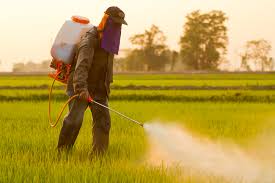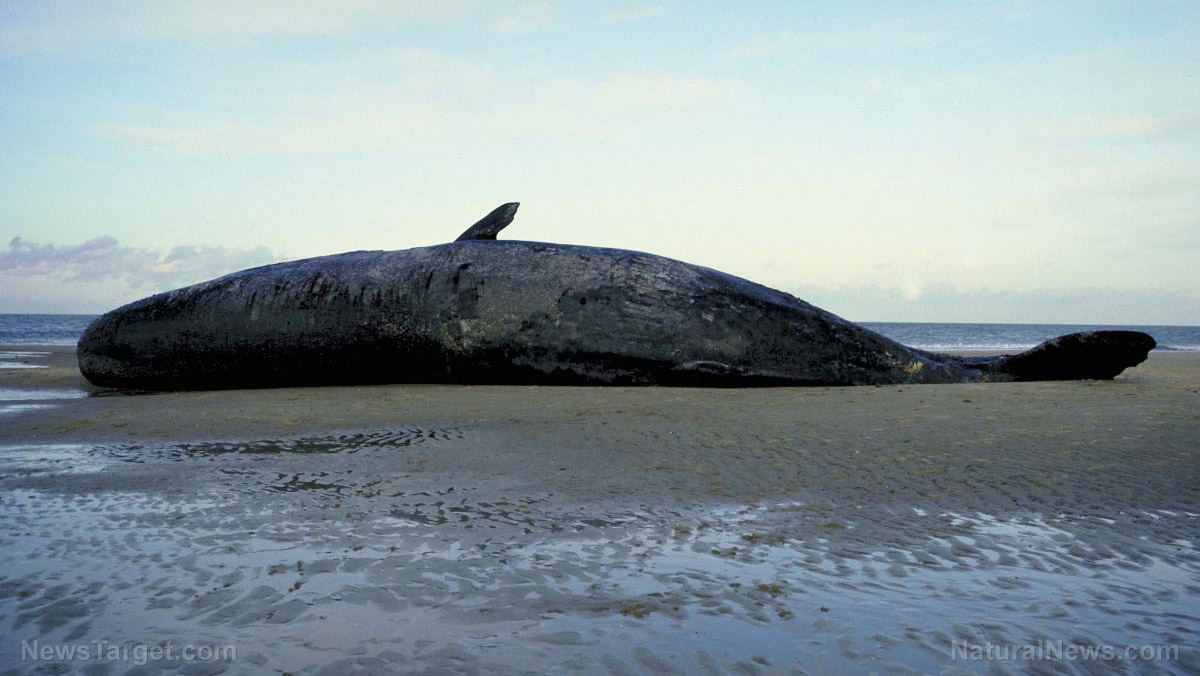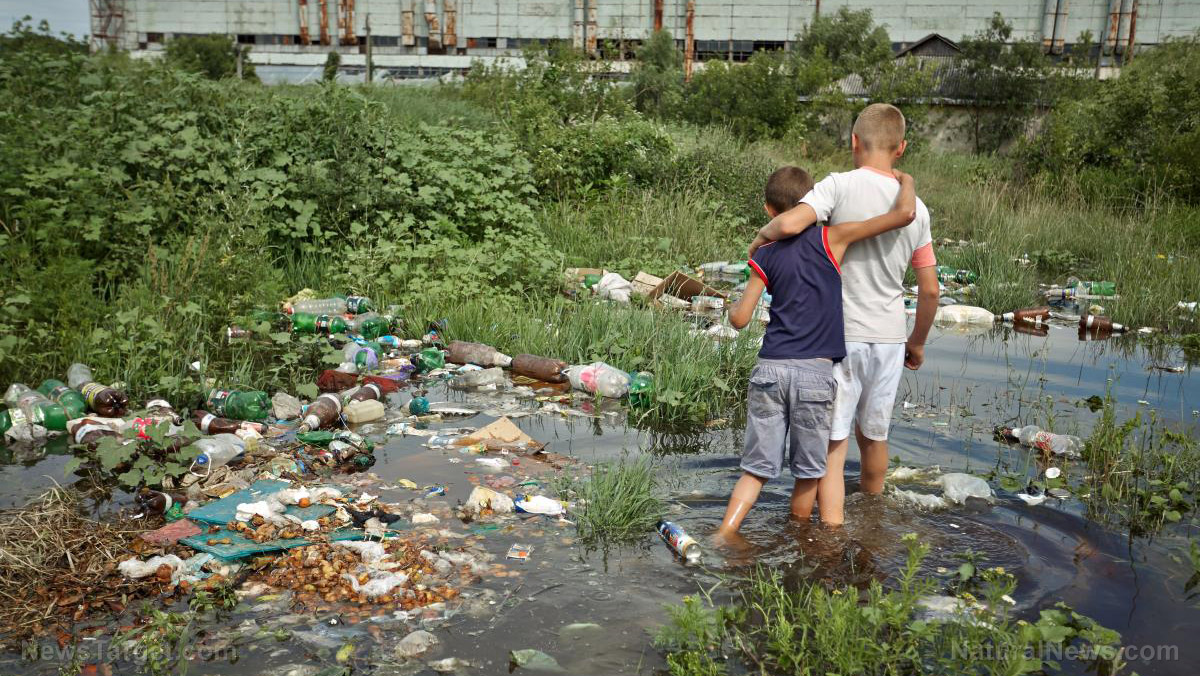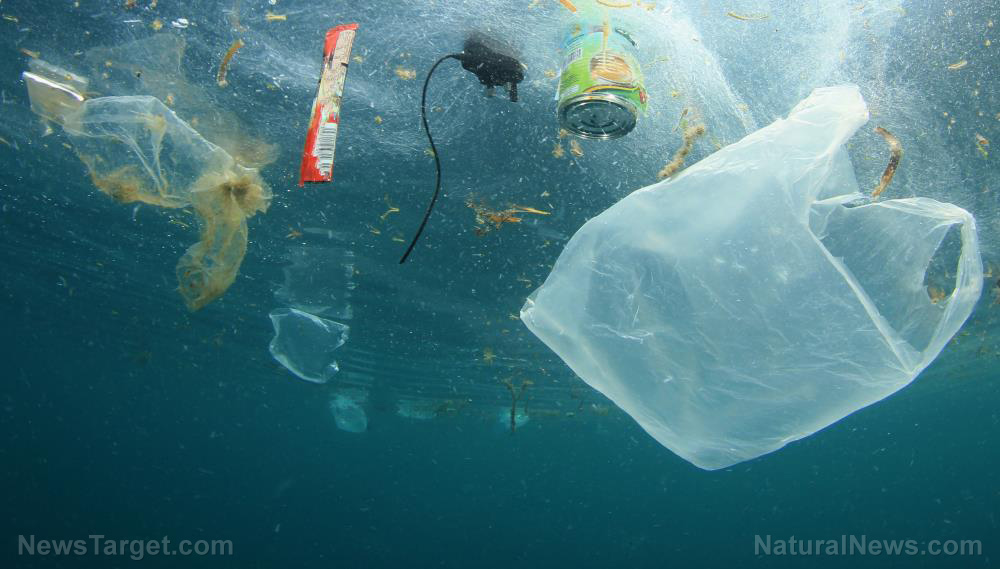Florida’s manatees are dying at an alarming rate, and humans are responsible
04/30/2019 / By Lance D Johnson
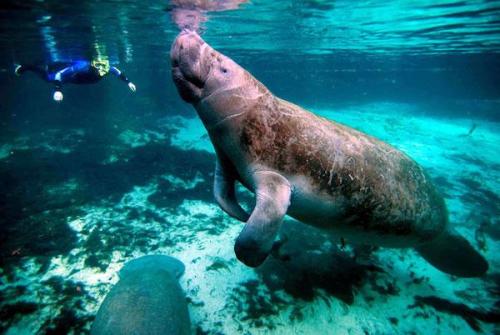
We are accustomed to hearing about global warming, how the polar bears are dying off as ice breaks away into the North Atlantic Ocean. What we never hear about is the cooling of the coastal waters near Florida, which causes the Florida’s manatee population to suffer from cold-stress syndrome and a slow, painful death. In fact, Florida’s beautiful manatees are dying at an alarming rate. There are three main causes behind the rapid die off, and humans are responsible for at least two of the causes.
There are an estimated 6,000 manatees living in Florida. These animals reproduce one calf at a time. The 60 to 70 pound calf typically feeds from their mother for about a year. As they mature, they learn to use their powerful flat tail, which helps propel their large body through the water. They also have front flippers so they can crawl through shallow water and steer their way around. When manatees are stressed, excited, or fearful, they will squeal underwater.
The Florida manatee is an herbivore that relies on the sea grasses and freshwater vegetation in the warm coastal regions of Florida. Because of their grazing activity, Florida manatees directly influence the ecological diversity of plant growth throughout Florida’s bays, canals, and coastal waters.
What’s killing them?
Three main problems threaten manatee survival.
Adaptation to colder temperatures
The first problem that threatens their population is their inability to adapt to a cooler climate. Florida manatees can only survive in water that is at least 68 degrees Fahrenheit. If Florida’s temperature plummets during the winter for a few weeks, then the manatees begin to suffer rapid weight loss, dehydration, fat loss, and other health problems that slowly weaken and kill them. According to the Public Employees for Environmental Responsibility (PEER), a nonprofit government watchdog group, more than 150 manatees perished in the first seven weeks of 2018. Fifty-one of the deaths were directly related to colder temperatures and the animal’s inability to adapt to the colder waters. Another fifty-one deaths were undetermined because the animals had decomposed rapidly. The Florida manatee is not an endangered species, but is a threatened species, according to the Endangered Species Act. Their population has generally increased over the past twenty years, but PEER warns that the species’ survival is vulnerable to just one major freezing event. Back in 2010, severe cold killed 282 manatees over two months. In 2013, a record 830 manatees were found dead.
Direct impact from water craft
The second problem for manatee survival is direct impact hits. Humans share much of the same habitat with manatees. These big, sentient animals wade in shallow rivers and swim in coastal bays and estuaries. In the summer months, the animals migrate up the East coast. In the winter, the animals have no choice but to congregate in the warmer waters in Southern Florida. Because they are typically relaxed, slow-moving creatures, manatees are often unable to dodge watercraft, and humans are oblivious to their squeals. Due to increasing tourism in Florida, manatees are struck by boats more often. In some places, signs warn the boaters to slow down for the manatees. Manatee deaths are growing in Brevard and Lee counties, all because boats are blazing carelessly through their natural, sea grass habitats.
Loss of healthy food sources, herbicides
The third problem is also due to human activity, and the implications are much greater. In 2013, 830 manatees perished. Many of the deaths were from unknown causes; however, upon further examination, biologists believe that human activity is causing sea grass to die off at alarming rates, evidenced by measurable disruption in healthy bacteria levels in the manatee’s digestive tract. Due to the lack of healthy microbes, the manatees are suffering from diseases. Wide scale use of herbicides such as glyphosate is killing off the plants and the microbes that the manatees need to stay healthy. In early 2019, Miami, Florida city commissioners approved a resolution that prohibits the city and its contractors from using herbicides containing glyphosate, including Roundup. This is an important first step toward protecting the natural environment that the manatees depend upon. All cities in Florida should adopt the same rules and educate the public about glyphosate so the state can better protect plant life and the microbial diversity that is needed, not just for manatees, but for all animals and humans alike.
For more on protecting natural habitats, visit Ecology.News.
Sources include:
Tagged Under: coastal bays, death, disease, Ecology, ecosystem, environment, Florida, glyphosate, habitat loss, herbicides, human impact, manatee, microbial diversity, ocean health, plant kingdom, threatened species, watercraft

